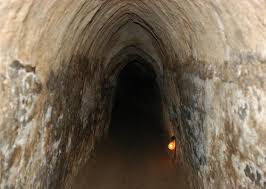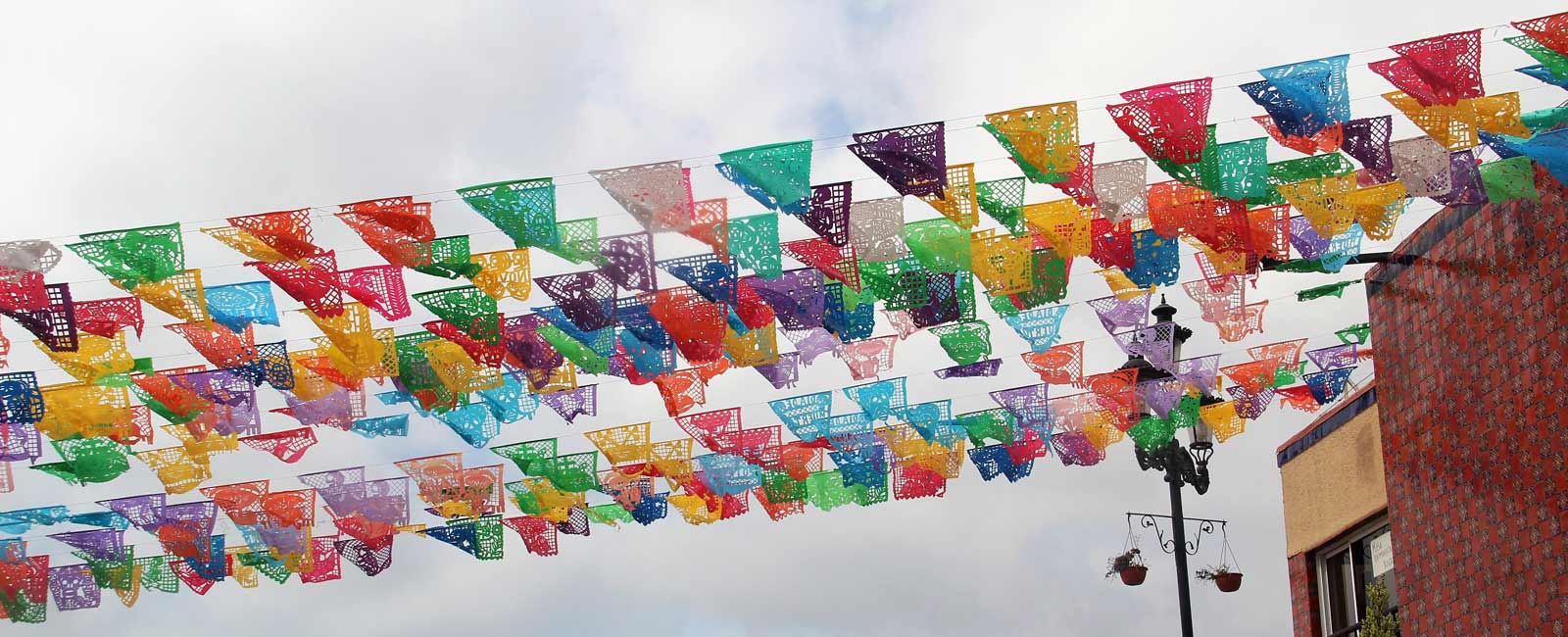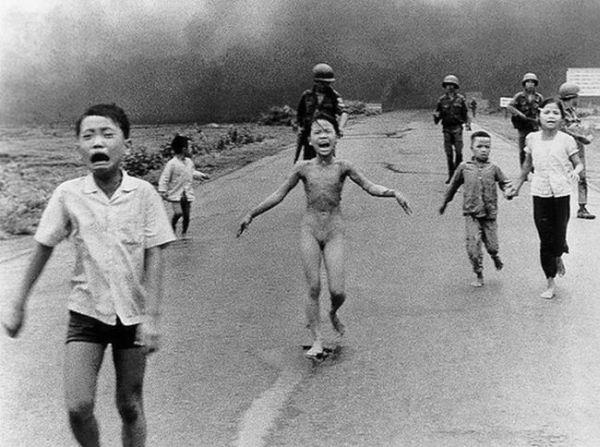Friday, March 2, 2012
 Our next stop was the town of Cu Chi, home of the notorious Cu Chi Tunnels. We were able to see the various types of booby traps and tunnel sytems used by the Viet Cong, who fought against the Americans in this area. Some of us were even able to crawl through the tunnels and fire various weapons at the range. Our examination of the tunnel systems revealed that the Viet Cong was a sophisticated fighting force. They dug tunnels that were kilometers long and consisted of multiple levels. The tunnels were tiny, but they had since been widened for fat American tourists like us. Our experience at the Cu Chi tunnels gave us a better idea of the horrendous conditions endured by the Viet Cong in their struggle against the American invaders. They must truly have been an inspired and determined fighting force to live only on tapioca for years. Their traps also showed how gruesome the war was and gave insight into the psychological aspects of a Guerrila War. Walking through that dense jungle as an American solider, one would have had to be on constant guard for the trickery of the VC.
Our next stop was the town of Cu Chi, home of the notorious Cu Chi Tunnels. We were able to see the various types of booby traps and tunnel sytems used by the Viet Cong, who fought against the Americans in this area. Some of us were even able to crawl through the tunnels and fire various weapons at the range. Our examination of the tunnel systems revealed that the Viet Cong was a sophisticated fighting force. They dug tunnels that were kilometers long and consisted of multiple levels. The tunnels were tiny, but they had since been widened for fat American tourists like us. Our experience at the Cu Chi tunnels gave us a better idea of the horrendous conditions endured by the Viet Cong in their struggle against the American invaders. They must truly have been an inspired and determined fighting force to live only on tapioca for years. Their traps also showed how gruesome the war was and gave insight into the psychological aspects of a Guerrila War. Walking through that dense jungle as an American solider, one would have had to be on constant guard for the trickery of the VC.
War and Tranquility: from the Cu Chi Tunnels to the Mekong Delta
Francis Parker School – North to South – Day Nine
Today we left the busy streets of Saigon in our rear view mirrors. We awoke early in the morning with just enough time to grab a quick breakfast before hitting the road. We drove for two hours to the small village of Trang Bang, located Northwest of Saigon. We paid a visit to the family home of Kim Phuc, known around the World as “the girl in the photograph”. Ms. Phuc’s picture was taken in 1972, when her village was napalmed and her skin caught fire. Her picture was used as propoganda by the Communist government after the war to promote anti-American sentiment and Vietmamese Nationalism. We watched a documentary about Ms. Phuc’s life and learned about her personal path to forgiviness and reconciliation. The students who went to see Ms. Phuc speak in Santa Barbara were able to follow up on their previous experience.
Ms. Phuc’s ability to forgive those responsible for her debilitating condition was surprising, but not overwhelmingly so, as it reflected the sentiments of many Vietnamese we have talked to on this trip who seem eager to be at peace about the War. Through the video, we learned that Ms. Phuc even met with the American Soldier who ordered the bombing of Trang Bang. It was eerie to sit just feet away from the scene where the notorious bombing took place. Even forty years later, the feeling of horror somehow lingered. As we left, we drove by the Cao Dai temple where Kim Phuc and others had taken cover during the bombing. Cao Dai is a syncratic religion whose followers worship everything from people to the Hindu gods.
After a scenic lunch at a resort-like river eatery, we embarked on a 4-hour bus ride to the Mekong Delta. On the way, some of the students enjoyed a lively discussion with our guide, Trang, about his expiriences in the Vietnamese Army. Trang was just a boy during the war with America, but went on to fight against the Khmer Rouge in Cambodia. His father was a soldier in the South Vietnamese Army, fighting alongside the Americans in the late 60’s. Trang’s family was displaced from their village near Da Nang and was forced to live in the forest. His personal tale of woe added to the lessons we learned from Kim Phuc’s family about the impact of the war on children and other innocents.
When we arrived in the Mekong Delta, we immediately boarded a boat in the dead of night. The boat ride was beautiful, but also ominous, as many of us couldn’t help but be reminded of scenes from Apocolypse Now. After a 20-minute ride, we arrived at our homestay, which seemed clean and welcoming. We enjoyed a traditional dinner and some hammock time as we reposed well into the night on the outdoor patio. We will now head to bed as we have an early morning at the market planned for tomorrow.
Peace,
Carson, Michela, and Kate
Kim Phúc Vietnam War Survivor,PWT Guest Bloggers,Vietnam Student Trips

